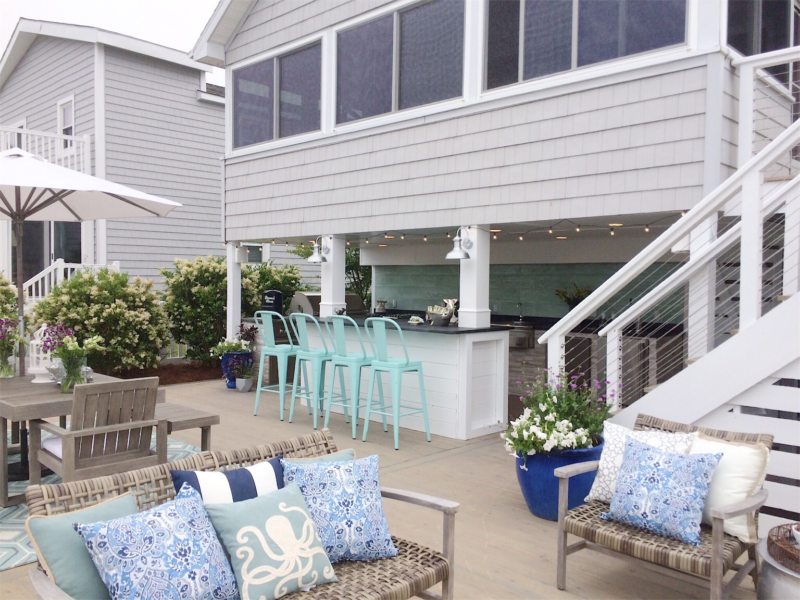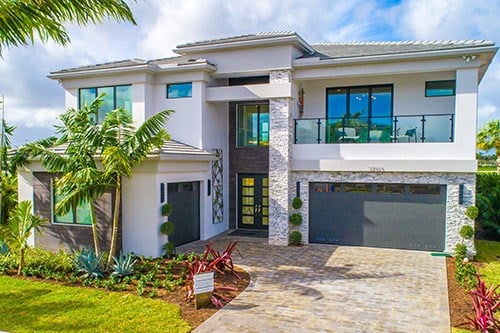Title: Cabin vs House – Which One Is Right for You?

Choosing between a cabin and a house can significantly impact your lifestyle, finances, and long-term goals. Whether you’re considering a primary residence or a weekend getaway, understanding the pros and cons of a cabin vs house is essential. While cabins offer charm, solitude, and a close-to-nature experience, houses often provide convenience, space, and modern amenities. This guide dives deep into the key differences between the two, helping you make an informed decision based on your needs, preferences, and budget.
What Defines a Cabin?
Rustic Living in a Natural Setting
Cabins are typically smaller, rustic structures made of wood, located in remote or rural areas. They are often associated with a simpler, slower-paced lifestyle.
Key Features:
- Constructed primarily of logs or timber
- Located in mountains, forests, or lakesides
- Often off-grid or semi-off-grid
- May have limited modern utilities
Ideal For:
- Nature lovers and outdoor enthusiasts
- Vacation homes or seasonal retreats
- Minimalist living or alternative lifestyles
What Defines a House?
Suburban Comfort and Urban Convenience
Houses are modern dwellings found in urban, suburban, and rural areas. They vary in size and style but are typically larger and fully equipped with utilities.
Key Features:
- Brick, concrete, or modern composite materials
- Located in residential neighborhoods
- Full access to utilities and infrastructure
- More interior space and privacy options
Ideal For:
- Families and long-term residents
- Access to schools, hospitals, and stores
- Year-round comfort and community living
Cabin vs House: A Detailed Comparison
Cost of Construction
Initial Investment
- Cabins are usually cheaper to build due to their smaller size and simple design. A basic off-grid cabin can cost significantly less than a house.
- Houses, especially in cities or suburbs, require higher investment for land, construction, and permits.
Maintenance Costs
- Cabins may need more frequent maintenance due to their exposure to natural elements and remote locations.
- Houses benefit from modern construction and services, often reducing long-term maintenance issues.
Utility Access and Infrastructure
- Cabins might not have direct access to water, electricity, or internet, especially in off-grid settings. This requires solar panels, water tanks, or satellite internet.
- Houses are almost always connected to municipal utilities, providing convenience and reliability.
Space and Layout
Interior Size
- Cabins generally have compact, open-floor layouts suited for 1-2 people or small groups.
- Houses can range from two-bedroom homes to multi-story villas, offering far more space and customization.
Outdoor Space
- Cabins usually sit on larger, undeveloped plots of land surrounded by nature.
- Houses in urban or suburban areas may have limited yard space but better landscaping and infrastructure.
Lifestyle and Daily Living
Peace vs Practicality
- Living in a cabin promotes solitude, outdoor living, and simplicity.
- Houses offer easy access to grocery stores, schools, work, and medical care.
Long-Term Comfort
- Modern houses provide consistent heating, cooling, plumbing, and appliances year-round.
- Cabins, especially those off-grid, may lack such amenities unless upgraded.
Legal and Zoning Considerations
- Cabins are often located in areas with different building codes or zoning laws. You may face restrictions on permanent residence or utility installation.
- Houses must comply with residential zoning, which often provides more stability but less freedom in design or location.
Resale and Property Value
- Houses tend to appreciate in value faster due to location and infrastructure.
- Cabins, while charming, may have limited resale appeal or a niche market depending on their location.
Real-Life Examples
- Cabin Life: A retired couple builds a 600 sq. ft. log cabin in the Rockies to live off-grid, grow their own food, and disconnect from city life. They spend around $80,000 on land and construction.
- House Life: A family of four buys a 2,000 sq. ft. home in the suburbs near a good school district. Their house includes a garage, backyard, and smart appliances. The purchase cost is $350,000.
Environmental and Sustainability Factors
- Cabins, particularly off-grid ones, often use solar power, composting toilets, and sustainable materials—making them eco-friendly.
- Modern houses can also be green but typically have a higher carbon footprint due to construction materials, electricity usage, and landscaping.
Flexibility and Usage
- Cabins are perfect for vacation rentals, weekend getaways, or minimalist lifestyles. They are often rented out as Airbnbs or retreats.
- Houses are permanent, full-time living spaces suitable for raising families, working from home, or retirement.
Safety and Security
- Cabins in remote areas may face risks like wildfires, wildlife, or lack of emergency services.
- Houses benefit from neighborhood security, nearby hospitals, and faster emergency response.
Which Should You Choose?
Key Decision Factors
Ask yourself:
- Do I prefer solitude or community?
- What is my budget for construction and maintenance?
- Do I want access to modern infrastructure or a connection to nature?
- Am I looking for a permanent residence or a vacation retreat?
Conclusion
Both cabins and houses have their own appeal. A cabin offers a peaceful, nature-immersed lifestyle ideal for those seeking simplicity or adventure. A house provides stability, space, and modern convenience suitable for families or long-term residents. Your decision ultimately depends on your goals, lifestyle, and resources.




